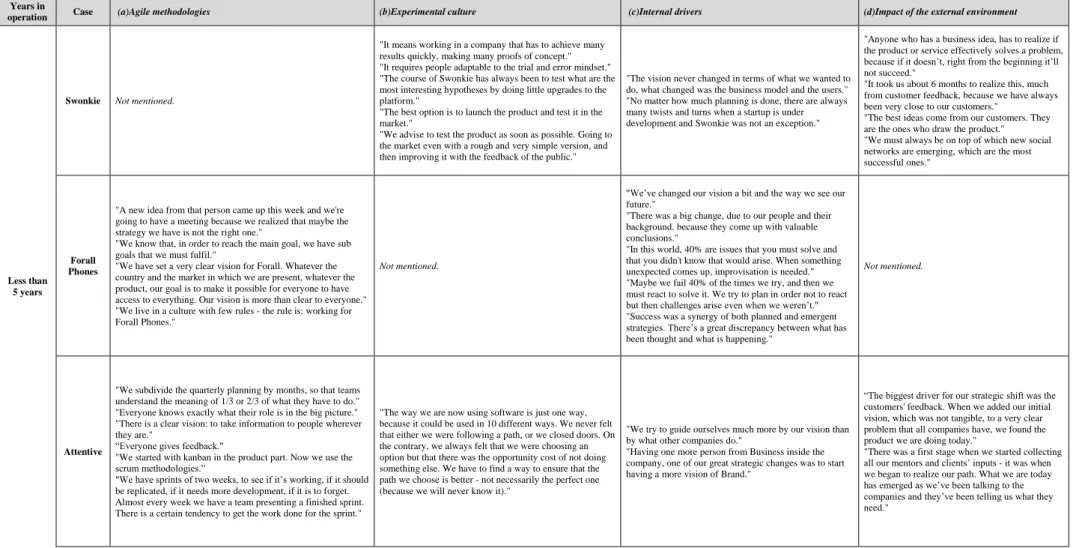Strategic improvisation as a process
Texto
Imagem
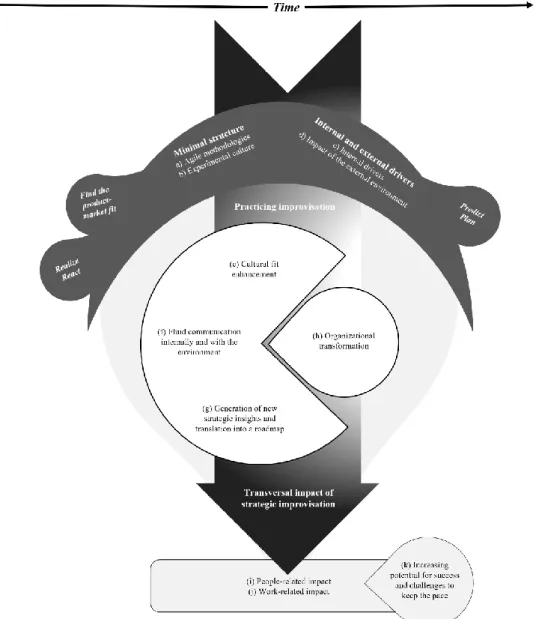
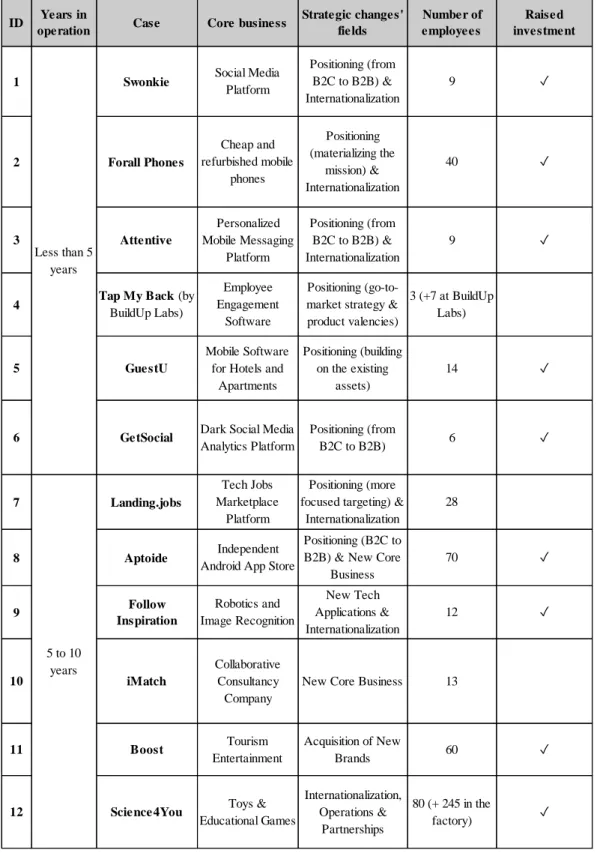
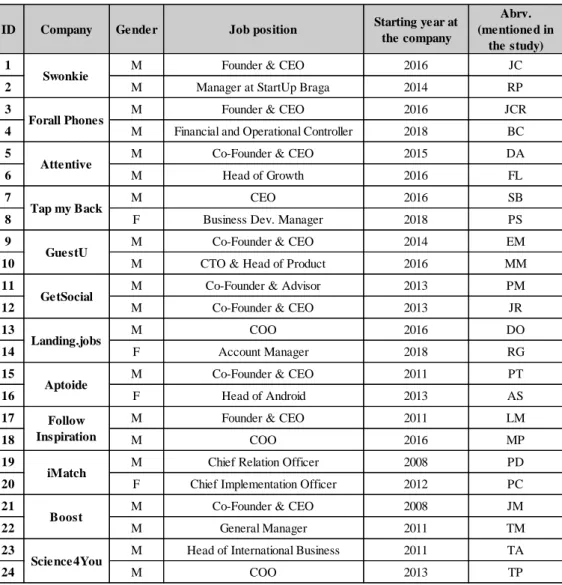
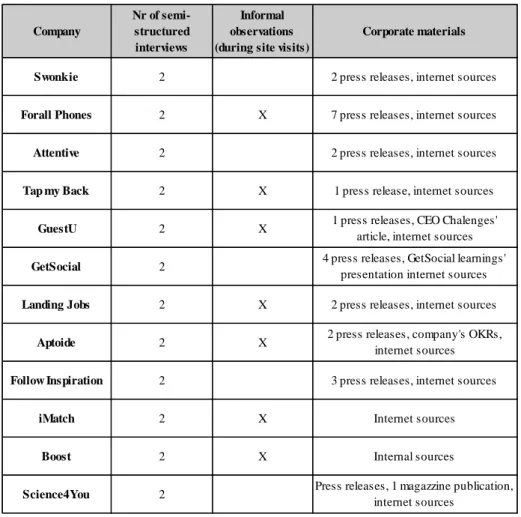
Documentos relacionados
Ressalvando que a escolha dos temas de abertura dos telejornais são da inteira responsabilidade dos editores e não dos jornalistas que estão no terreno a fazer a
Foram estudados os efeitos da salinidade da água de irrigação sobre variáveis de produção do pinhão-manso, contagem de número de cachos por planta, número de frutos por planta,
It was shown that there are high levels of genetic variability in two of the most important traits of grapevine and that those levels are different in different varieties and
Estes dados sugerem uma exigência maior do mercado de trabalho atual deixando os egressos que foram formados mais recentemente inseguros ao sair da faculdade, vale salientar que
A diferença de género detetada veio, assim, reforçar o estudo psicofísico das diferenças de género sobre o sistema visual, que até ao momento tem recebido pouca
Além da baixa diversidade, a largura dessa faixa de fl oresta fl uvial, que varia de 15 m a 20 m neste segmento, não é o sufi ciente para conter a energia dos fl uxos hídricos
Como metodologia, foram realizadas as seguintes etapas: análise bibliométrica, de forma a compreender a evolução das abordagens referentes a depósitos antropogênicos;
sua mensuração, muitas vezes se tornam difíceis e apresentam grandes falhas de interpretação. No teste do papel a paciente fica em posição supina, que é a posição
